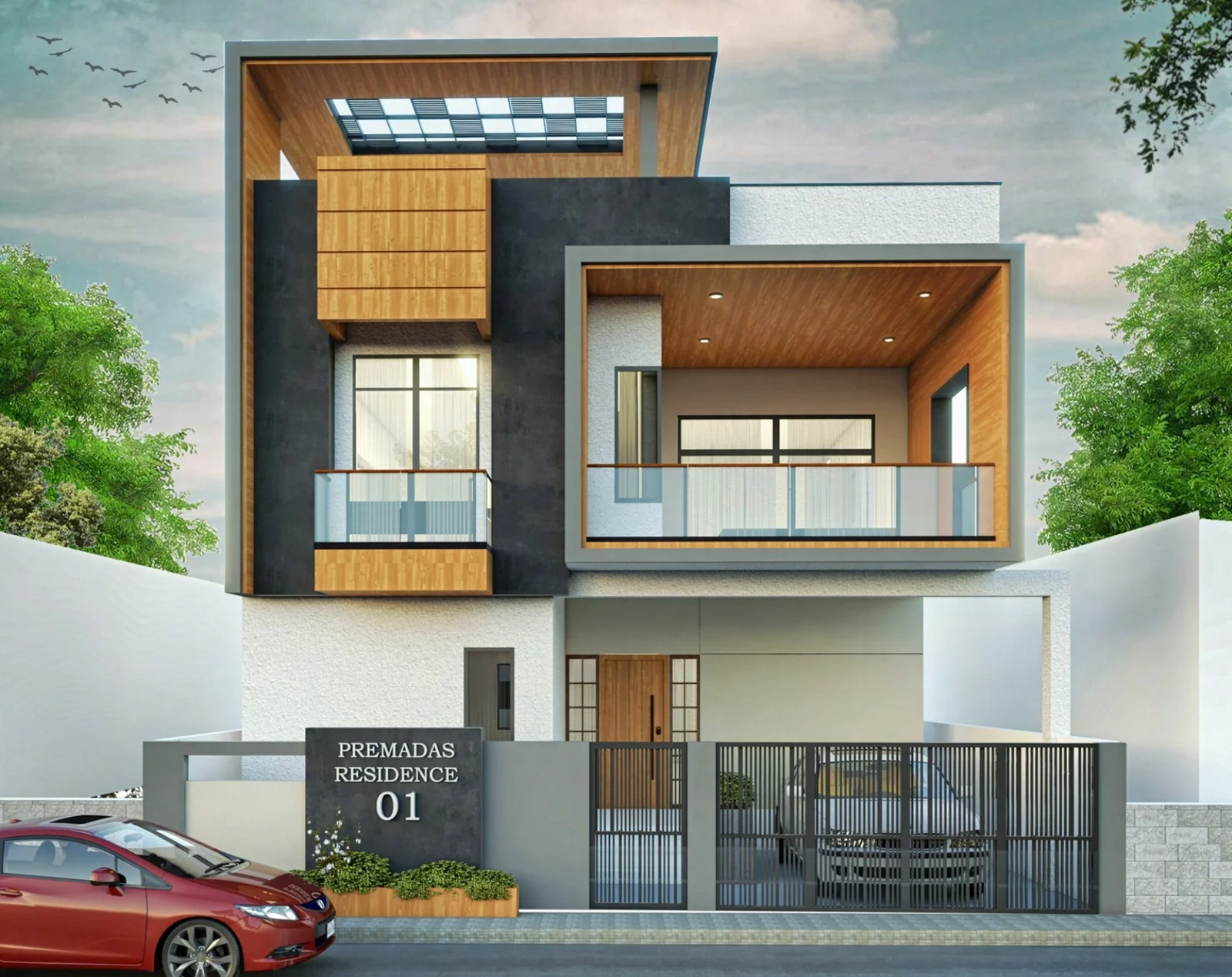Architects As Problem Solvers: Designing For Accessibility And Inclusivity
Architects play a vital role in shaping the built environment and have the power to create spaces that are accessible and inclusive for all individuals. By integrating principles of accessibility and inclusivity into their designs, architects can address the diverse needs of people with disabilities, ensuring that they can navigate and utilize spaces with ease.
This article explores the important role of architects as problem solvers, highlighting how their thoughtful design choices can contribute to creating smart cities that prioritize accessibility and inclusivity. In today’s rapidly urbanizing world, it is crucial for architects to consider the needs of all members of society when designing buildings and public spaces. Accessibility goes beyond simply providing ramps or elevators; it encompasses a broader understanding of how people with varying abilities interact with their surroundings.
Architects must carefully consider factors such as maneuverability, visual cues, lighting, acoustics, and ergonomic design to ensure that individuals with physical disabilities can access and use these spaces comfortably. Additionally, an inclusive approach involves addressing social barriers by promoting equal opportunities for participation and engagement within the built environment.
By incorporating universal design principles into their projects, architects can create environments that allow everyone to feel welcome, valued, and included. The significance of designing for accessibility and inclusivity extends beyond individual experiences; it also contributes to the overall well-being of communities. When buildings are designed without considering diverse needs or fail to provide appropriate accommodations, exclusionary practices are perpetuated.
In contrast, when architects prioritize accessibility in their designs, they foster a sense of belonging among individuals who may otherwise face barriers in navigating public places independently. Furthermore, inclusive architecture promotes social cohesion by bringing people from different backgrounds together in shared spaces where they can connect and interact.
Ultimately, architects have a unique opportunity to shape our cities in ways that embrace diversity and promote social equity through designing for accessibility and inclusivity.
How Architects Are Shaping Smart Cities of the Future
Architects play a crucial role in shaping the smart cities of the future through their strategic design decisions and innovative approaches to accessibility and inclusivity. As urban areas continue to grow and evolve, architects are tasked with creating spaces that are not only aesthetically pleasing but also functionally efficient for all individuals.
In Chennai, for example, architects have been working closely with government agencies and urban planners to design infrastructure that accommodates the needs of diverse populations. They consider factors such as mobility, sensory perception, and social interaction when developing public spaces, ensuring that everyone can navigate and enjoy these environments.
Interior designers in Salem also contribute to the development of inclusive smart cities by considering accessibility in their designs. They work alongside architects to create interior spaces that promote inclusivity by incorporating universal design principles. This involves designing spaces that can be easily accessed and used by people of all ages, abilities, and backgrounds. For instance, they may incorporate features such as wide doorways, ramps instead of stairs, tactile signage for visually impaired individuals, and adjustable lighting systems.
Overall, architects in Chennai and interior designers in Salem are instrumental in shaping smart cities by prioritizing accessibility and inclusivity in their designs. By considering the diverse needs of individuals within these urban environments, they contribute towards creating cohesive communities where everyone feels a sense of belonging.
Through their strategic decisions and innovative approaches to design, these professionals pave the way for future cities that prioritize equal access to opportunities for all residents. Architects play a crucial role in shaping smart cities of the future by designing for accessibility and inclusivity. They are problem solvers who understand the importance of creating spaces that cater to the needs of all individuals, regardless of their abilities or backgrounds. Through innovative design strategies, architects strive to create environments that are not only aesthetically pleasing but also functional and accessible to everyone.
One way architects address accessibility is by incorporating universal design principles into their projects. This approach involves designing spaces that can be easily used and navigated by people with diverse abilities. For example, architects may include ramps instead of stairs, wide doorways for wheelchair access, and tactile paving for visually impaired individuals. By considering these factors during the design process, architects ensure that buildings and public spaces can accommodate a wide range of users.
Inclusivity is another key aspect that architects focus on when designing smart cities. They understand the importance of creating environments where everyone feels welcome and included. This involves considering factors such as cultural diversity, socioeconomic backgrounds, and age-friendly design principles. Architects may incorporate features like community gathering spaces, multilingual signage, and inclusive playgrounds to foster social interaction and create an inclusive environment.
In conclusion, architects have a significant impact on shaping smart cities by designing for accessibility and inclusivity. Their expertise allows them to create spaces that cater to the needs of all individuals, ensuring that no one is left behind in our rapidly evolving urban landscapes. By incorporating universal design principles and promoting inclusivity, architects contribute towards building smarter cities that are truly livable for everyone.




